#myriapoda
Text
this is an Abacion, a member of one of North America’s most nicely textured millipede genera. they’re both very fast and also produce an extremely powerfully-scented defense chemical.

at first, it smells rather like horse manure, and almost unbearably so. but when harassed further this one produced beads of white substance from every segment, and this stuff had an added vanilla scent on top of the dunghill odor. now, after dissipating overnight, the container I kept this animal in smells oddly of chocolate.
…the funny thing being the container’s original purpose was to hold little Japanese chocolate candies, and I spent a long time trying to purge it of the chocolate smell. which just got added back by a stinky millipede
724 notes
·
View notes
Text


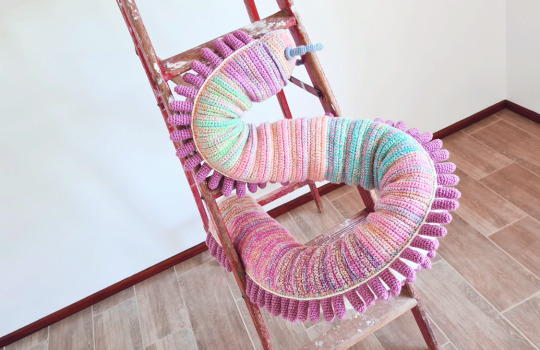

Guys look at this GIANT millipede!! Free pattern from Projectarian! 🐛✨
Definitely want to make one myself!
#millipede#millipedes#crochet#crochet critters#myriapod#myriapoda#myriapods#insects#entomology#bugs#insect#bug#nature#bugblr#projectarian#needle crafts#yarn
53K notes
·
View notes
Text
omg ok so i was trying to look up how to sex a centipede and one of the first results was an obviously ai-generated article with these absolutely incredible images of “centipedes” lmao. they are so hilariously bad i just had to share
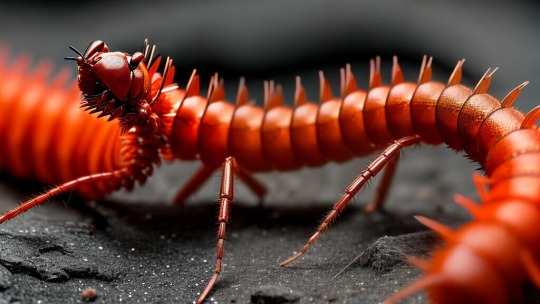


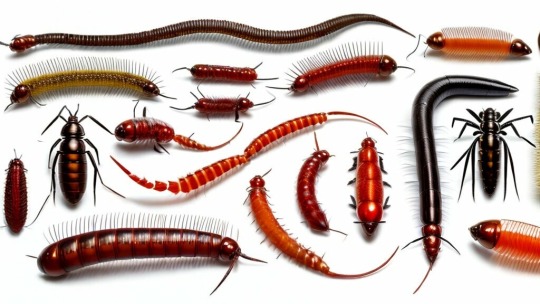
#not linking the article bc i don’t want to generate more ad revenue for them#centipede#centipedes#myriapoda#chilopoda
5K notes
·
View notes
Text
eating u and eating u and
4K notes
·
View notes
Text

Insert An Invert Week 2: Stone Centipede (Lithobius forficatus)
I used Wigglypaint
#decided to try out wigglypaint#its pretty fun i recommend giving it a try#bug art#bugs#centipedes#bugblr#myriapoda#insertaninvert2024#my art#also i realized that we pick and invert that fits the prompt and not just the example listed whoops
489 notes
·
View notes
Text

A pill millipede (Glomeris esterelena) in France
by Duborget.R
#pill millipedes#millipedes#myriapods#glomeris esterelena#glomeris#glomeridae#glomerida#diplopoda#myriapoda#arthropoda#wildlife: france#wildlife: europe
478 notes
·
View notes
Text



the most wonderfully calm and polite allothereua maculata i have ever met. usually they're incredibly scrambly and run around in an understandable panic but this guy was chilling in a crevice in some fallen bark. wonderful.
#centipede#house centipede#myriapoda#chilopoda#scutigeromorpha#allothereua#allothereua maculata#i almost didnt recognise this guy as a house centipede because i flipped the bark and it didn't immediately start running in circles#also do any centipede enjoyers know if allothereua maculata is myrmecophilous at all? i see them a lot under rocks with ant nests
274 notes
·
View notes
Text
Myriapoda Poll Round 3
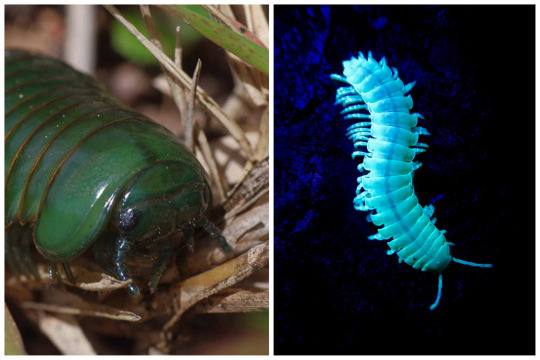
#myriapoda poll#giant emerald pill millipede#sierra luminous millipede#millipedes#diplopoda#arthropods#myriapoda#bugs#bugblr#entomology#polls
1K notes
·
View notes
Text


it's rainbow spaghetti season again
548 notes
·
View notes
Photo
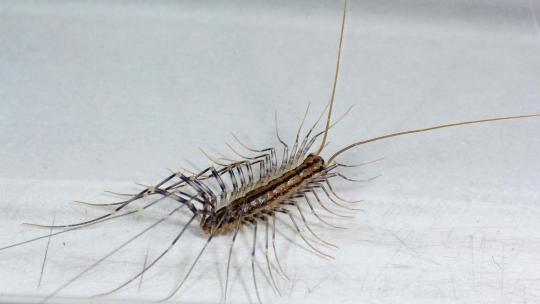
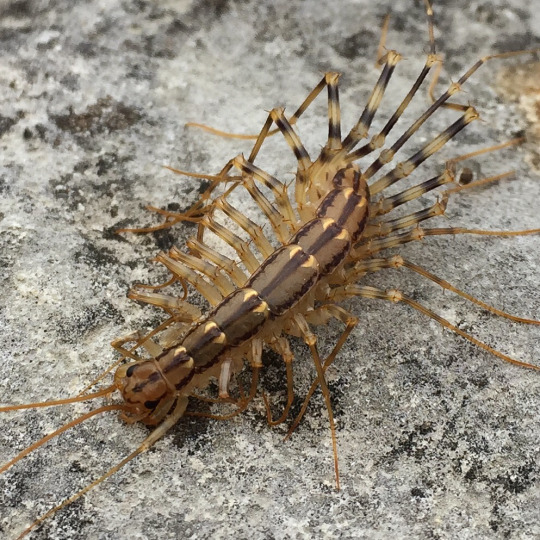
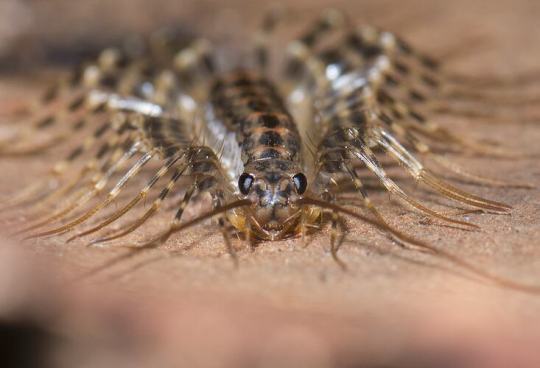
Open Your Home to the Common House Centipede
A common sight in homes throughout Europe, Asia, the Americas, and Australia the common house centipede (Scutigera coleoptrata) is a medium-sized species of centipede originally from the Mediterranean. In the wild, they prefer grasslands and deciduous forests where they can hide under rocks, logs, or leaf litter. These insects have also adapted well to urban development, and are frequently found in basements, bathrooms, and garages, as well as gardens and compost piles.
Like other centipedes, the common house centipede has less than 100 legs; in fact, they only have 15 pairs, with the front pair used only for holding prey or fending off threats. All those legs let the common house centipede move up to 0.4 meters per second (1.3 ft/s) over a variety of surfaces, including walls and ceilings. The actual body of S. coleoptrata is only 25 to 35 mm (1.0 to 1.4 in) long, but the antennae are often as long as the body which can give this insect a much larger appearance. However, they can be hard to spot, especially in their natural environments; their tan and dark brown coloration allows them to blend in seamlessly to surrounding vegetation.
Though they pose little threat to humans, house centipedes are predatory. Their primary food source is other arthropods, including cockroaches, silverfish, bed bugs, ticks, ants, and insect larvae. S. coleoptrata is a nocturnal hunter, and uses its long antennae to track scents and tactile information. Their compound eyes, unusual for centipede species, can distinguish daylight and ultraviolet light but is generally used as a secondary sensory organ. When they do find prey, house centipedes inject a venom which can be lethal in smaller organisms, but is largely harmless to larger animals. This makes them important pest controllers. In the wild, house centipedes are the common prey of rodents, amphibians, birds, and other insects.
The mating season for S. coleoptrata begins in the spring, when males and females release pheromones that they can use to find each other. Once located, the male spins a silk pad in which he places his sperm for the female to collect. She then lays fertilized eggs in warm, moist soil in clutches of 60-150. These eggs incubate for about a month, and the young emerge with only four pairs of legs. Over the next three years, juvenile house centipedes molt 7 times, each time gaining new pairs of legs. After they grow their last pair of legs, immature house centipedes molt an additional 3 times, at which time they become sexually mature. If they can avoid predation, individuals can live up to 7 years in the wild.
Conservation status: The common house centipede has not been evaluated by the IUCN, as it is relatively common both in the wild and in urban areas. Although they have been introduced to areas outside their native range, no detrimental environmental effects have been associated with their spread.
If you like what I do, consider leaving a tip or buying me a ko-fi!
Photos
Joseph Berger
David Paul
Conrad Altman via iNaturalist
#common house centipede#Scutigeromorpha#Scutigeridae#centipedes#myriapoda#myriapods#insects#arthropods#deciduous forests#deciduous forest arthropods#grasslands#grassland arthropods#urban fauna#urban arthropods#europe#north america#south america#asia#australia#oceania#animal facts#zoology#biology
621 notes
·
View notes
Photo

Millipede curled up.
679 notes
·
View notes
Text
one of the most impressive animals I met this year was a huge platyrhacid millipede, found chugging through some bamboo leaf litter in Malaysia.
he was a pleasant weight to hold in the hand, but spread out over so many gentle, graceful legs. the video offers a nice look at his eyeless face—all polydesmidan millipedes lack eyes.

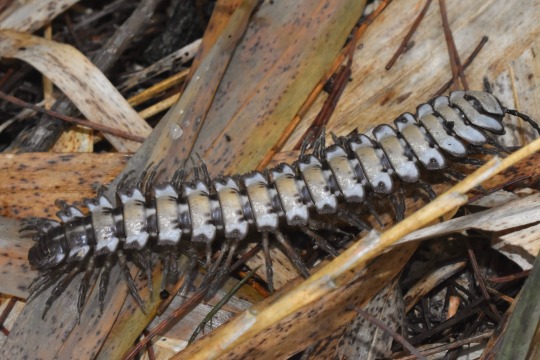
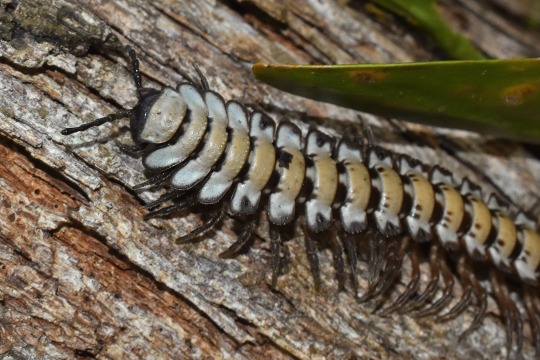

I only hung onto this animated spinal cord for about thirty seconds before setting him back in the leaves, but I recall this encounter so vividly. a truly memorable creature
15K notes
·
View notes
Text
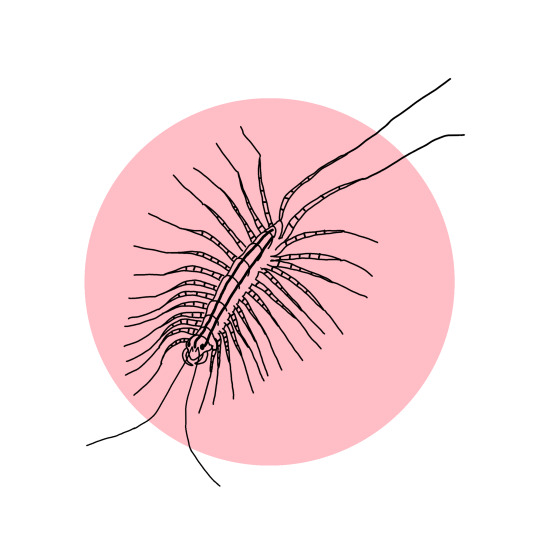
house centipedes deserve more love. they're so cool.
DNI if you want to talk about how much you hate or are scared of centipedes. make your own post.
#bug#bugs#bugblr#bug art#entomology#invertebrates#arthropods#id in alt#Scutigera coleoptrata#house centipede#centipede#centipedes#Chilopoda#Myriapoda
1K notes
·
View notes
Text


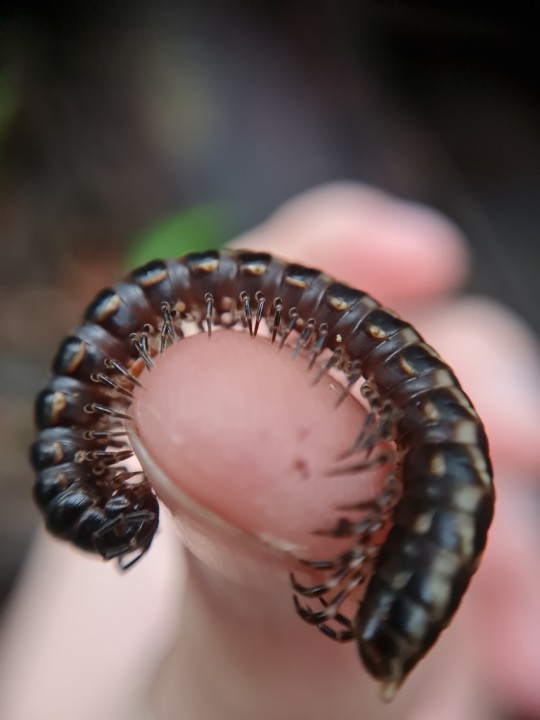
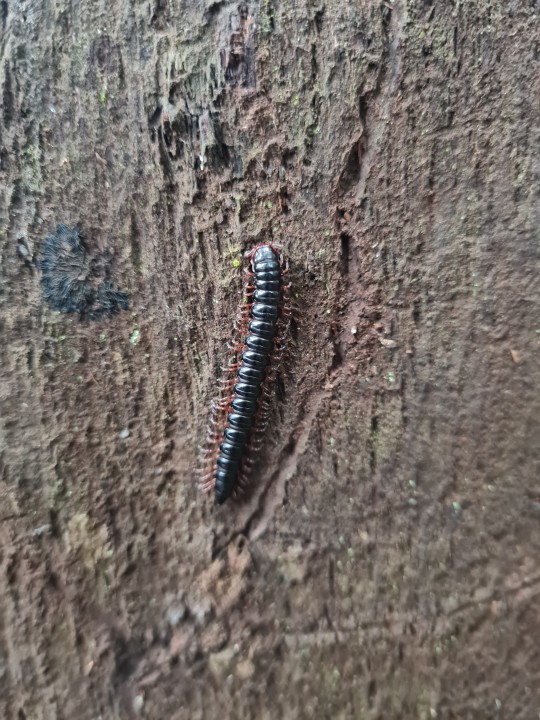


more millipede macros from that same rainforest hike, there was such an incredible variety.
Unknown millipedes (3 individuals, class Diplopoda).
149 notes
·
View notes
Text
I find scorpions and these little stone centipedes in my garage everywhere during summer but I’m not complaining at all, they’re too cute.
74 notes
·
View notes
Text

After what must have been multiple days worth of sheer working time from October 6 to today, December 15, my biggest project ever (that wasn’t done for school lol) is finally finished. My Ravelry notes on this project are completely unhinged :’) It was truly an ordeal despite its deceptively simple construction and I’m proud I kept going even when it wasn’t fun, like making all 136 legs… fun fact, it’s about as long as I am tall lmao. If you want to make your own, check out Projectarian’s free pattern here!
They need a name… any suggestions?
105 notes
·
View notes